*
There’s something for everyone in Macau, even those who don’t buy into the swank and spectacle of this “Vegas of the East.” It’s hard to pull off Portuguese + Chinese + gambler, and for the most part Macau doesn’t even try. (The charming street signs are an exception.) You go where you want and ignore what doesn’t interest you; at the end of the day, it’s a reasonably satisfying travel experience.
.
.
For those with cultural and religious inclinations, Chinese temples and Catholic churches abound. If you live in a country full of churches, as I do, perhaps you should prepare to be a little underwhelmed. However, these are places that even locals visit and they provide an authentic glimpse into ordinary Macau life.
.
.
For those who like to see their lives flash before their eyes, there’s the bungee jump from the needle-like Macau Tower. At 233 meters, it’s one of the highest skyjumps in the world, second only to the skyjump in Las Vegas. (Of course.) At HKD2888 a jump, though, it’s not exactly a cheap thrill.
.
.
For pastry lovers, there’s the Portuguese egg tart: flaky crust, rich custard filling, a little piece of heaven on earth. Its deliciousness defies description, whether you decide later on that you prefer Lord Stow’s or Margaret’s Café e Nata.
.
.
And then, of course, there are the main attractions: Largo do Senado (Senate Square) and the Ruins of St. Paul’s Cathedral. A plus for those visiting both is that the path from Senado Square to St. Paul’s takes the visitor through numerous food shops, and often the store owners give out samples of cookies and beef jerky to passers by.
.
.
As for my mum and me, we decided to wander where our feet would take us.
Our first hotel was in Taipa, so we spent our first morning exploring the neighborhood. We chanced upon the pretty Taipa Houses Museum and somehow made our way to the old Taipa Village, where we perused menus we couldn’t understand and finally pointed to a dish that looked delicious. (It was.)
.
.
Our next stop was the Hotel Lisboa, where we were booked on our second night. Outside, the hotel looked dated; inside, it was a veritable exercise in opulence. It was nothing compared to its next-door neighbor, however: its sister hotel, the Grand Lisboa, in all its gold lotus-shaped glory.
.
.
Speaking of hotels, there’s a nice, free way to get around Macau. The bigger hotels have complimentary shuttle buses that take guests to and from the airport, the ferry terminal, and/or the border gates. If you’re staying in the Cotai strip, for example, and you want to go to Senado Square, you can take your hotel’s shuttle to the ferry terminal, then take the bus from the ferry terminal to the Hotel Lisboa, which is just a few blocks away from Senado Square. In our case, Hotel Lisboa did not have a free shuttle bus to the airport, so we took the bus to the ferry terminal, took the shuttle bus to the Venetian Hotel and got in a little sightseeing before taking the bus from the Venetian to the airport…all free!
.
.
We did take the public bus to Coloane, an island with a quiet, small-town feel that was worlds away from the flashy casino hotels of the Peninsula and the Strip. So quiet, actually, that it was almost…sort of…boring, as there were almost no people around. Authentic, though, which was what we were after (apart from a few boxes of Lord Stow’s). We dropped by the Church of St. Francis Xavier and had lunch at Nga Tim. Then we took the bus back to the Lisboa area and walked a little bit more.
.
.
For me, it’s these lesser known places that made Macau worth the visit. It’s the tiny tiled nook between buildings, the welcome patches of green, the unexpected windows to the worlds within. I don’t think it will ever make the must-see lists; it’s not the kind of place you plan your return trip the minute you touchdown. But if your purpose for traveling is to see the world as it is, and not to simply tick off items from a list of the ideal, then Macau is well worth a look.
.
.
“The Everyman’s Macau” was created by LSS for travel site Small-Town Girls, Midnight Trains. All rights reserved.
[jetpack_subscription_form title=”Get Travel Tips and Updates Via Email”]

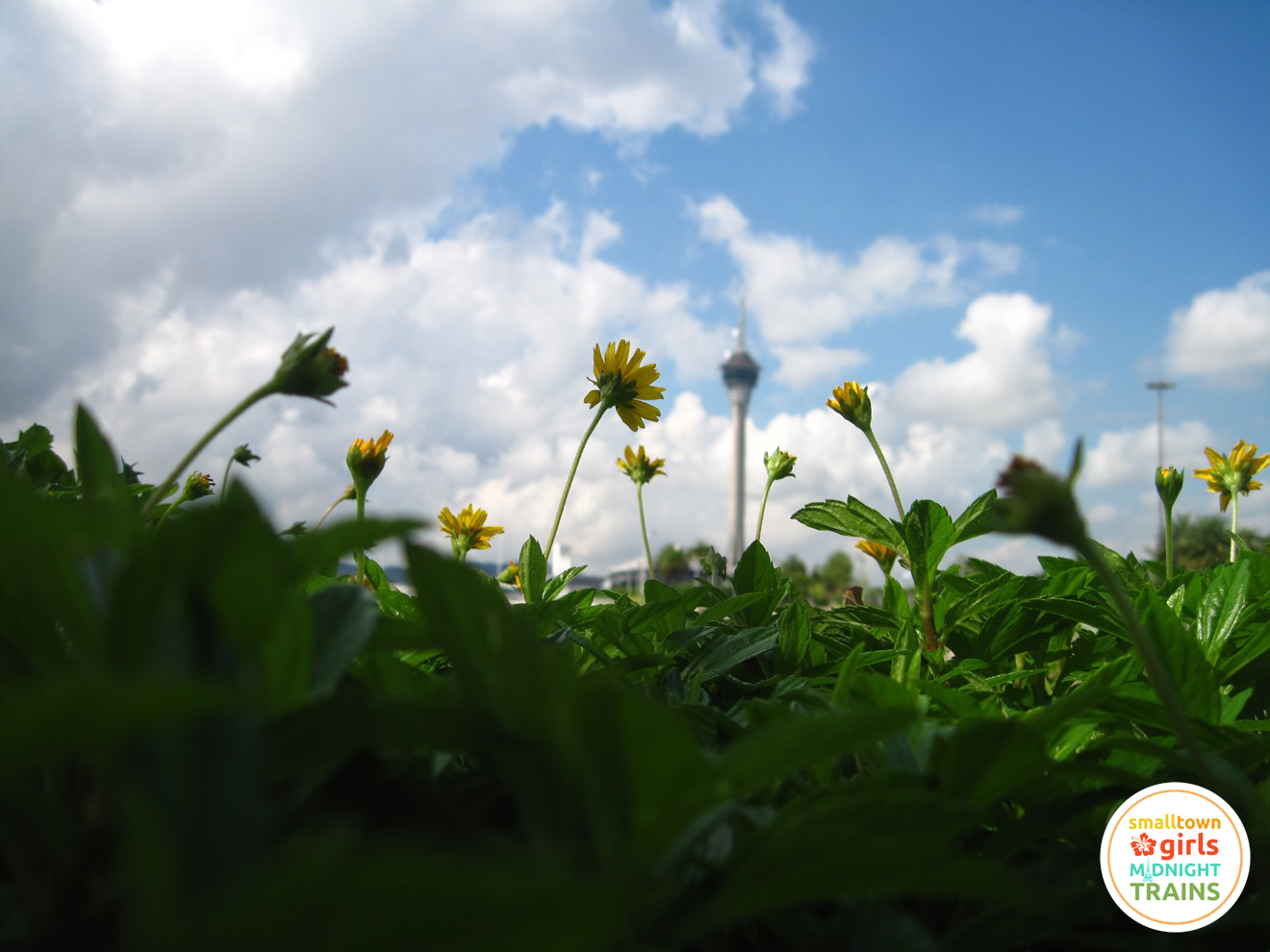
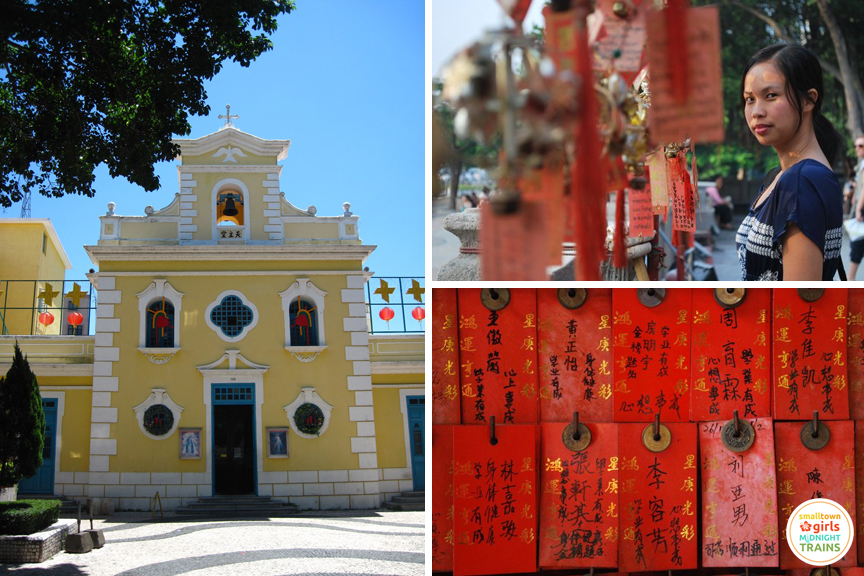
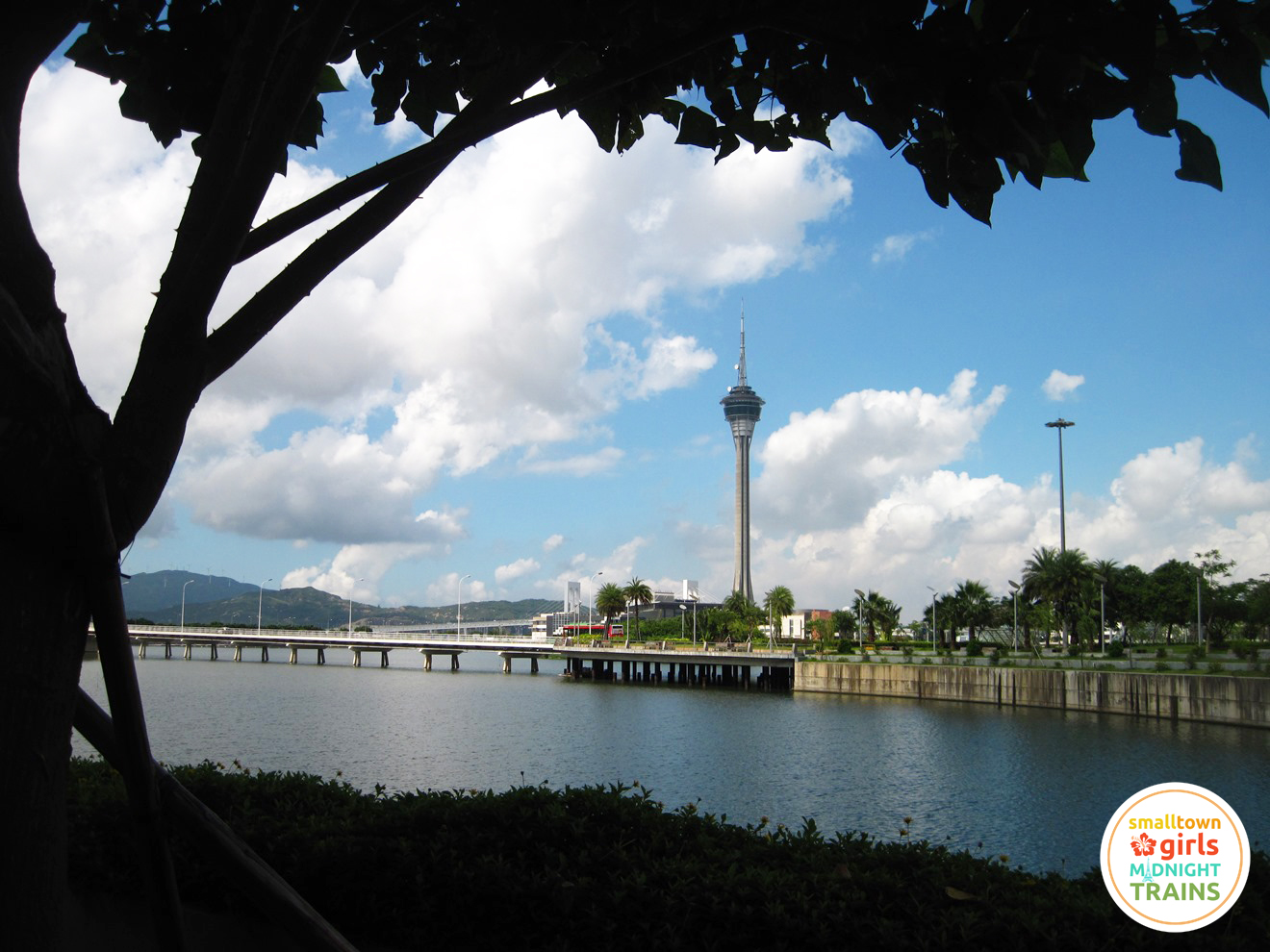

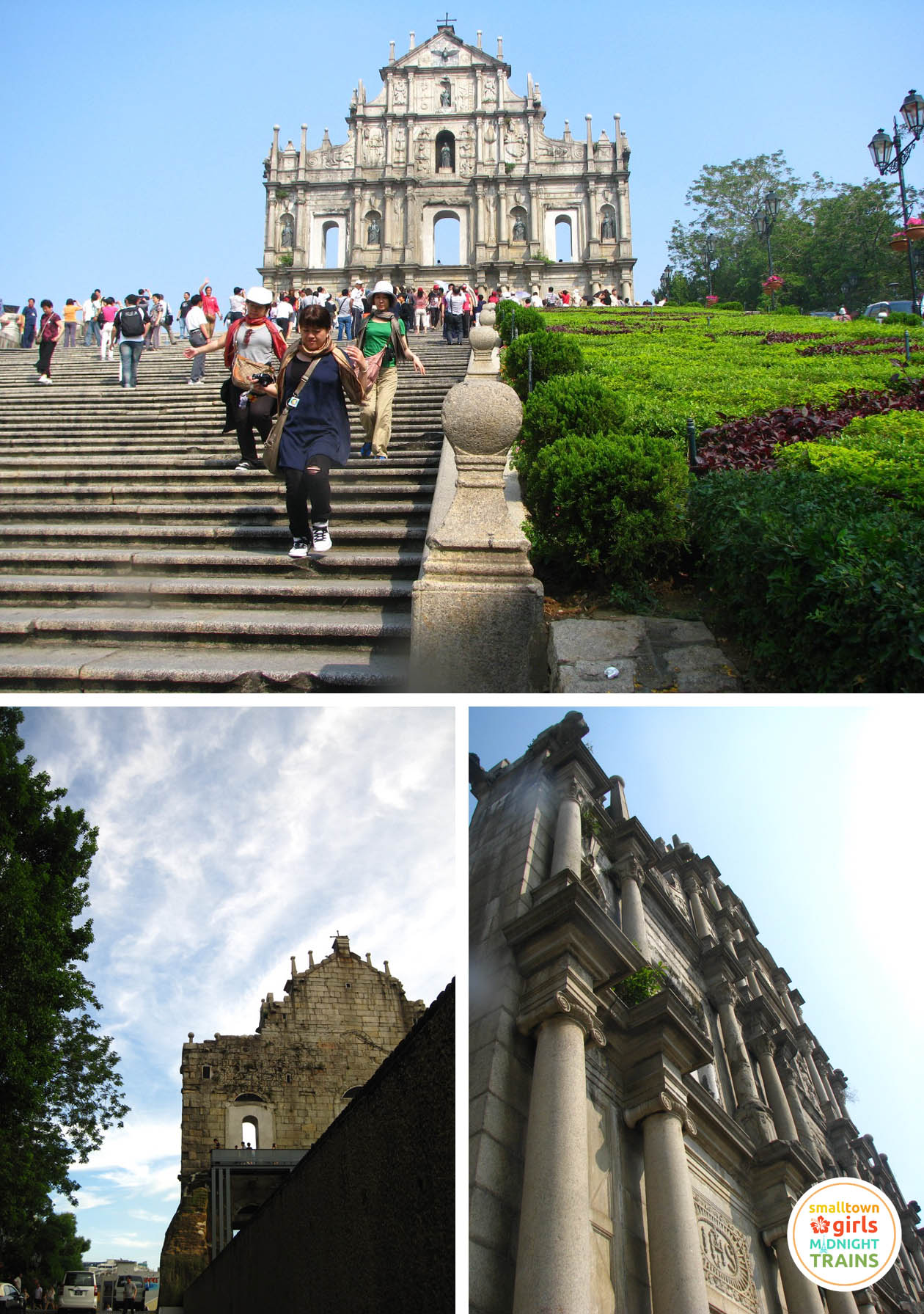
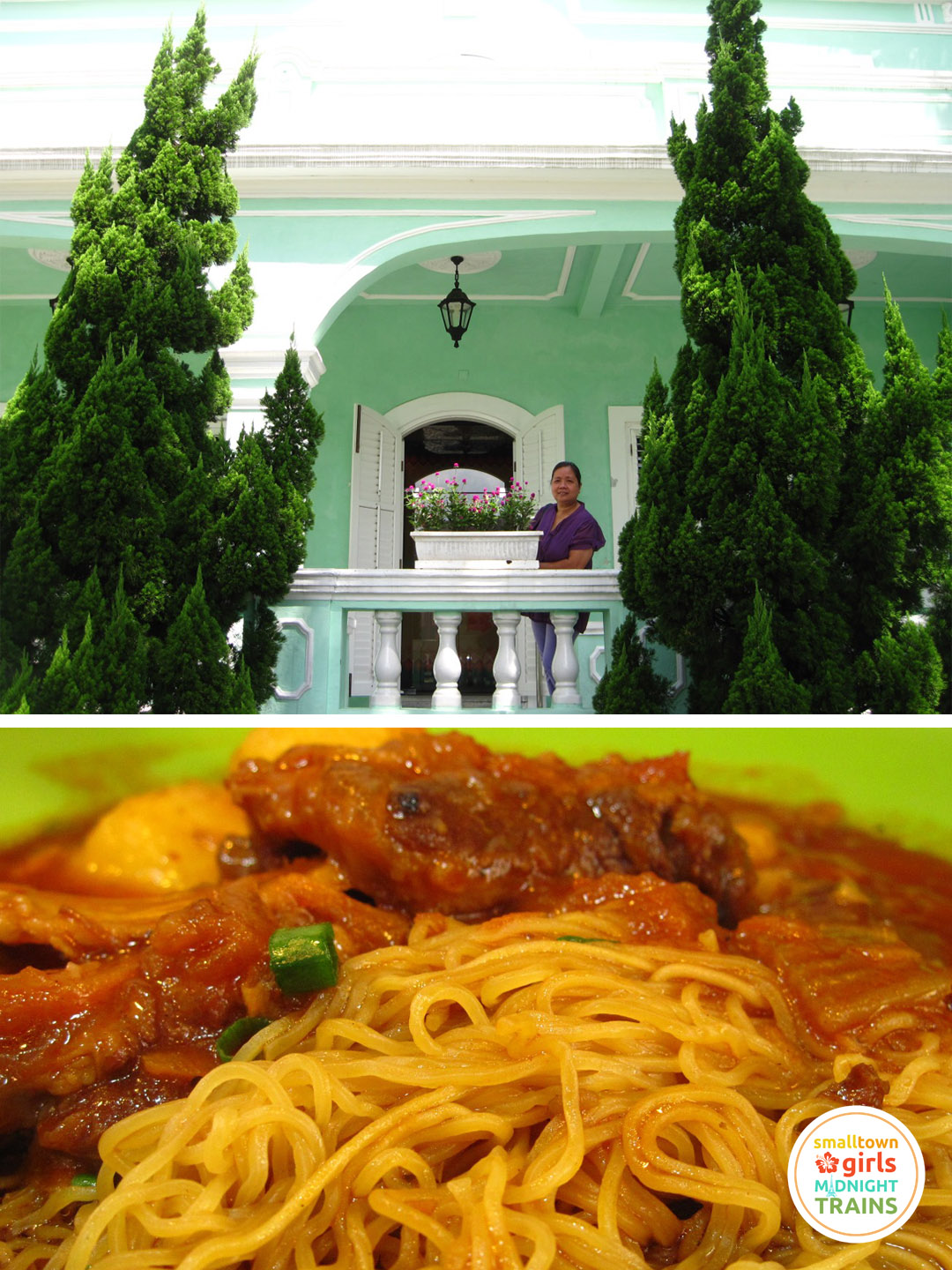
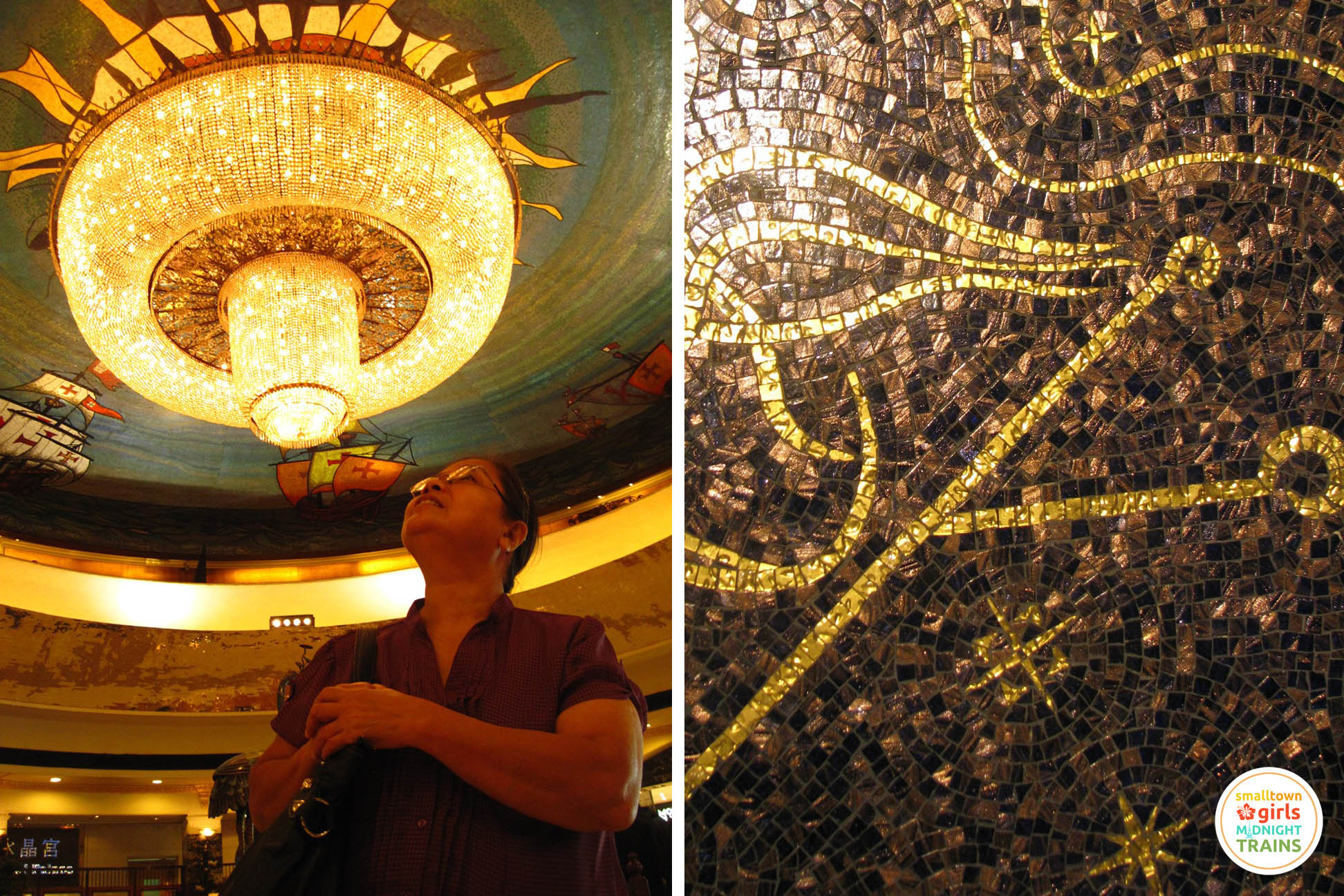
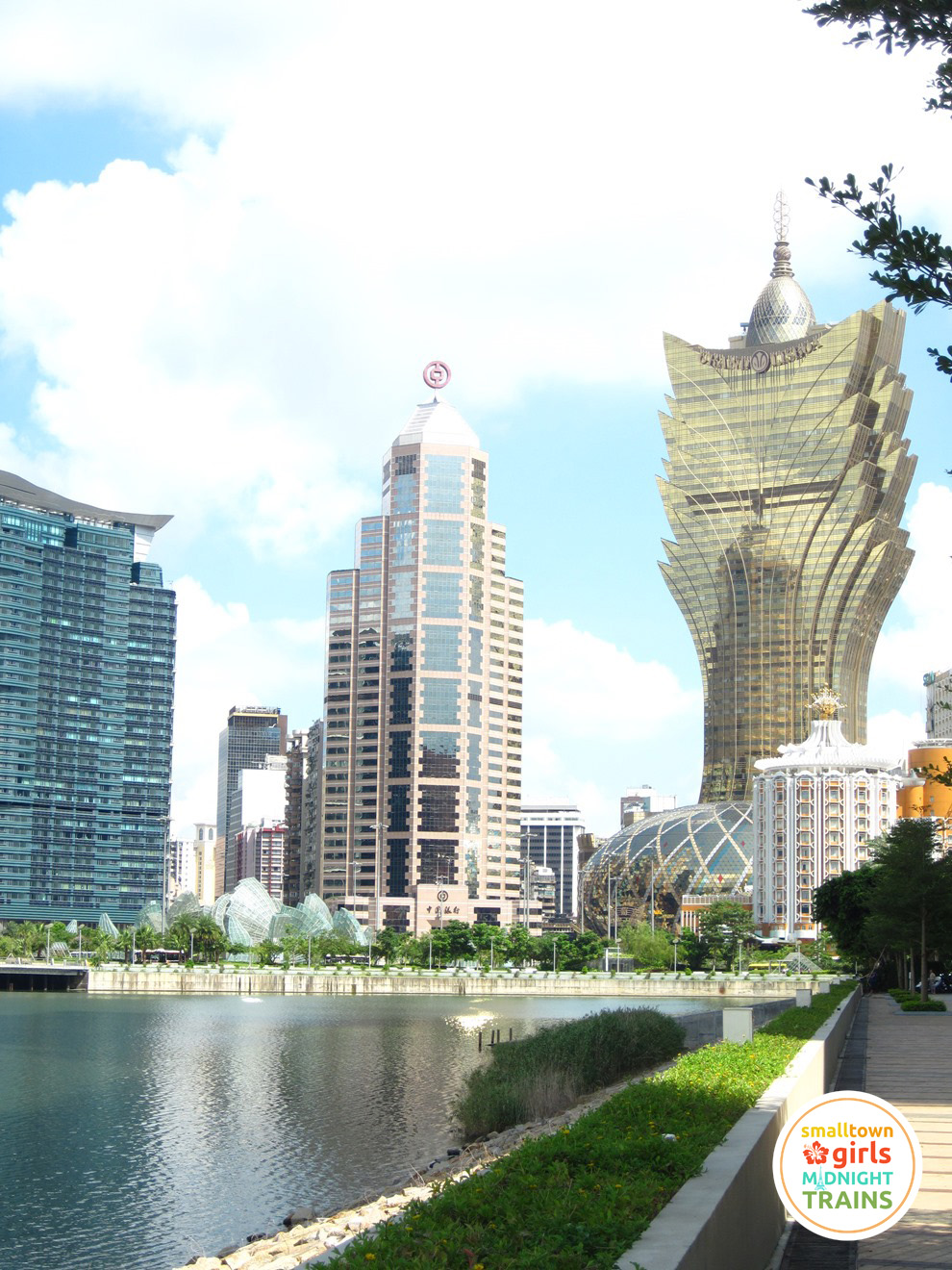
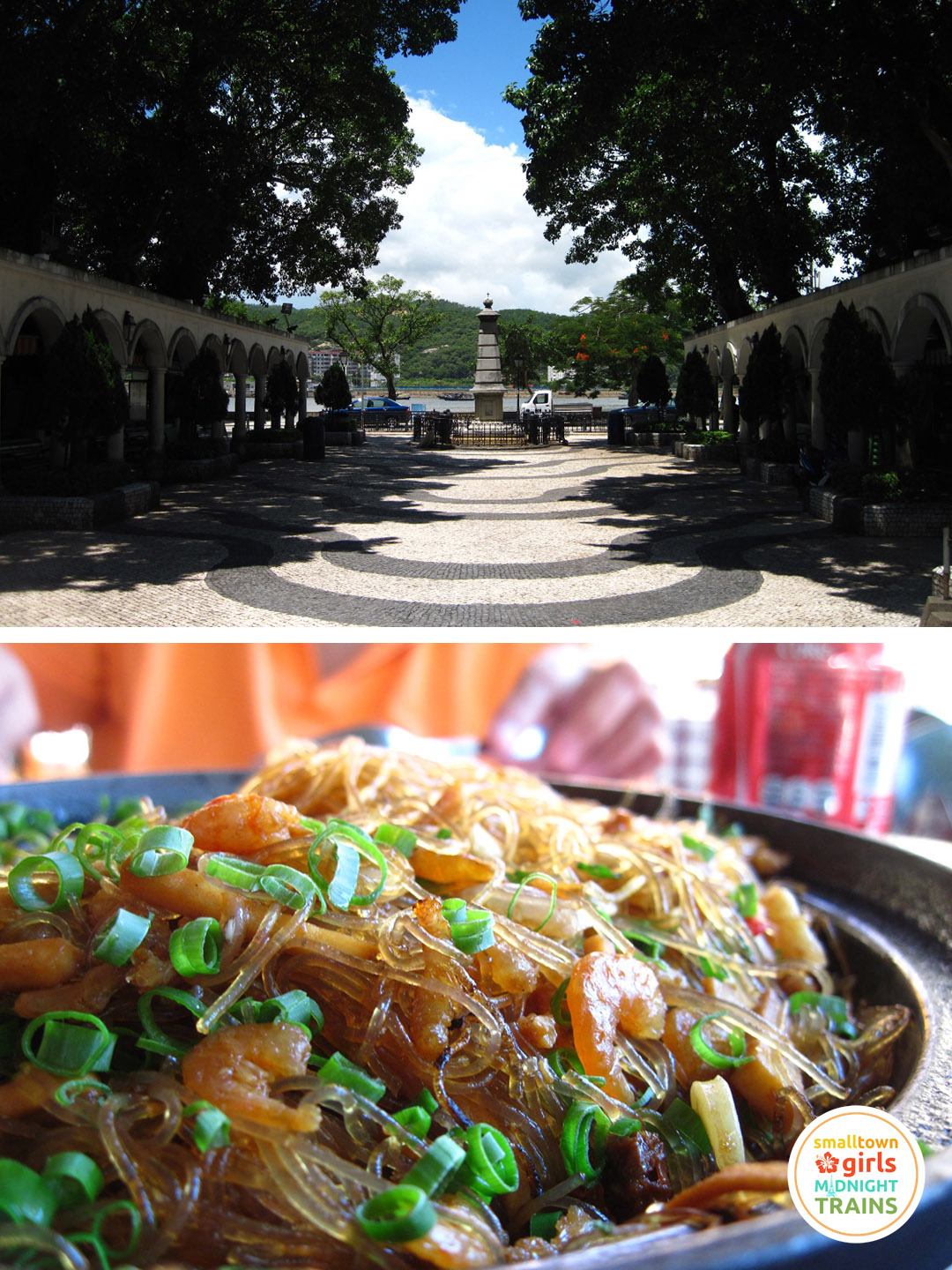
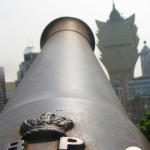

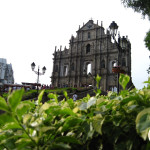
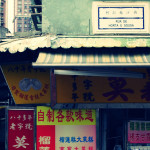
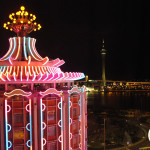
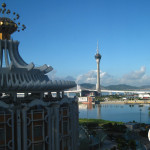
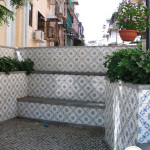
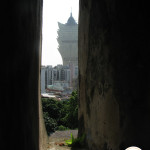
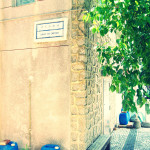
I have to admit, this is the first time I read about Macau or see pictures from there and I have enjoyed your story immensely… so it’s a Chinese town that has been a Portuguese colony? what a fascinating mixture of cultures as a result… thanks for sharing 🙂
Apparently, the Portuguese was sort of renting the area at first, using it as a trading post, and then it became an actual Portuguese colony, and then it was returned to China. It’s like two totally different worlds colliding, isn’t it? Thanks for dropping by, Alex!
Beautiful pictures. Thanks for adding a new place to my “Goto” list for traveling Asia. Cheers!
Thank you! I hope you drop by the Philippines too. 🙂
My wife has been looking into there recently. Palawan looks pretty cool, not too touristy.
We found Macau pretty fun… and completely reminded us of Portugal. You took some GREAT photos!!
Thanks! I hope I can visit Portugal someday and see for myself. Happy travels to you! 🙂
My husband just went to Macau. He sid that it was quite colorful and interesting.
It is! Thanks for dropping by. 🙂
That Portuguese egg tart looks heavenly!!
Doesn’t it?? Tastes heavenly, too. Maybe if we wish hard enough, an egg tart will suddenly appear in front of us right now. 🙂
Nicely written … makes me want to go to Macau. I admit though that I had to look it up on the map to clarify my vague notion of where it was. 🙂
Thank you. Don’t worry, I think I still probably can’t find Macau in an unlabeled world map! 😀